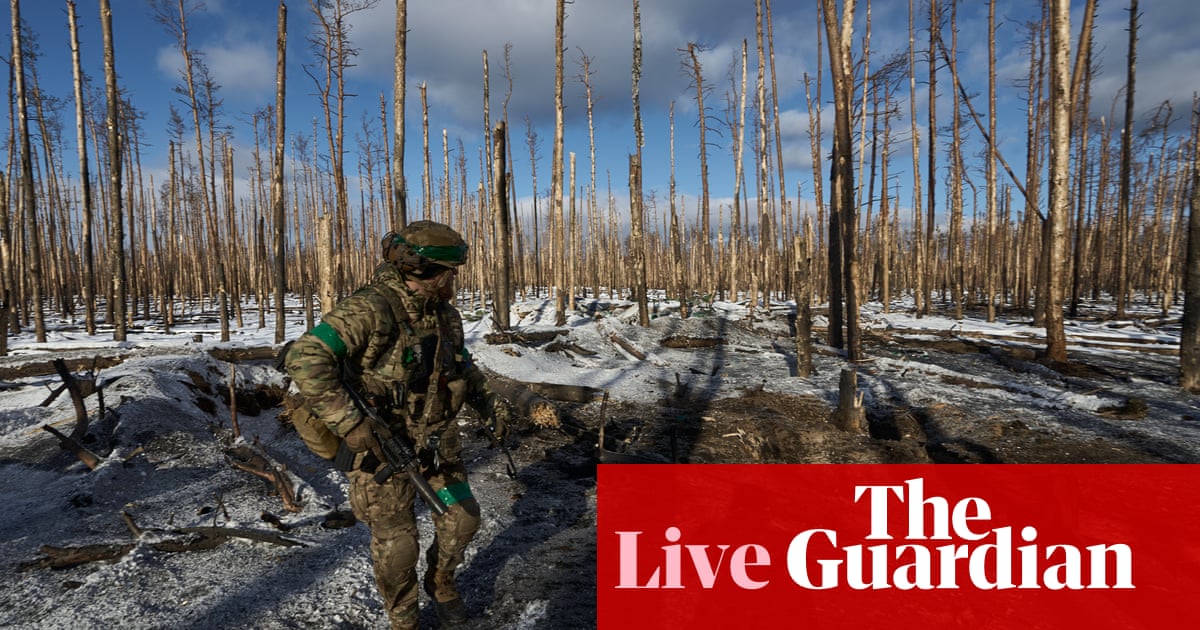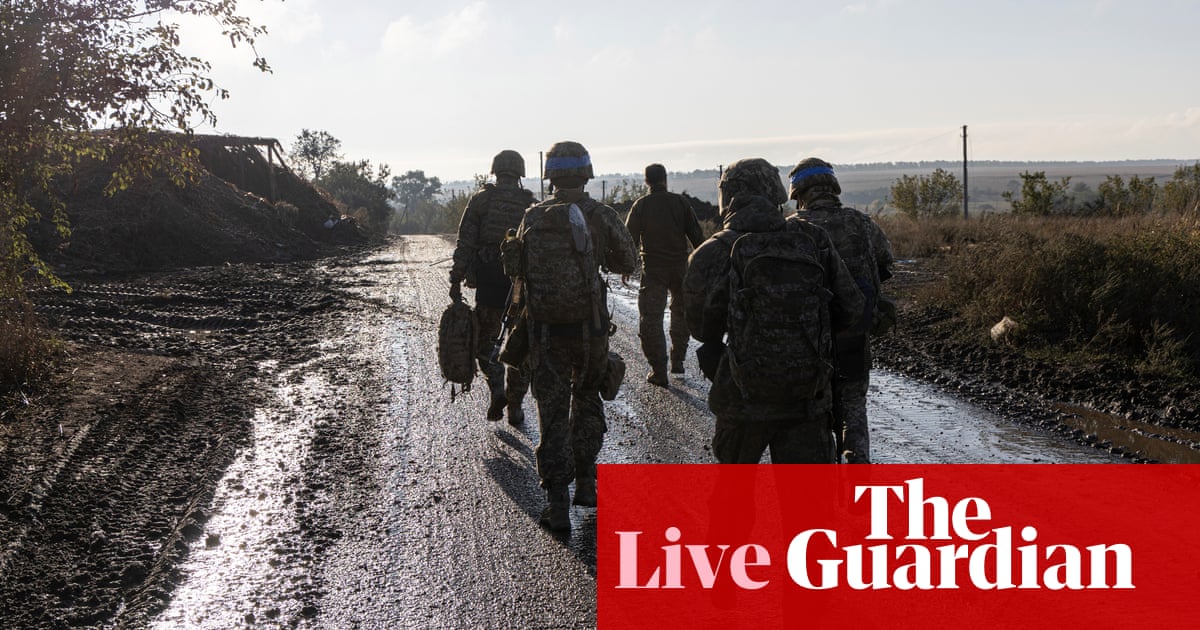
Growers are warning of a global chickpea shortage, endangering supplies of hummus just as barbecue season gets into gear, in a development which could have serious consequences for countries that rely on the pulses as an essential source of protein.
Supplies of chickpeas could drop as much as 20% this year, according to the Global Pulse Confederation, as difficult weather conditions and the war in Ukraine hit production.
Sanctions after the invasion of Ukraine have interrupted shipments from Russia, which is usually a top chickpea exporter accounting for about a quarter of global trade, according to Navneet Singh Chhabra, the director of Shree Sheela International, a global chickpea trader and brokerage firm.
Ukraine, meanwhile, could not seed its total chickpea crop due to the war, removing 50,000 tonnes that is usually bound for Europe.
“Russia is exporting about 200,000 to 250,000 tonnes, minimum, a year. When the war started in February, the supply was destroyed, totally,” Jeff Van Pevenage, the chief executive of Columbia Grain International, a grain and pulse merchandiser and supplier headquartered in Portland, Oregon, told Reuters.
“When the Russia-Ukraine war broke out, the demand boomed. We saw strong demand from China, then it was calls from customers in Pakistan and Bangladesh.”
Demand is outstripping supplies, as south Asian and Mediterranean buyers try to scoop up dwindling stocks after Turkey issued an export ban, while yields from Mexico to Australia fell as a result of weather woes, including flooding.
The price of a range of hummus products in the main British supermarkets has risen by up to 100% since January, according to data supplied to the Guardian by the research group Assosia. However, the picture is mixed, with some prices unchanged and others up by a more modest 6% or 10%. In the US, chickpeas are now 12% more expensive than they were last year and nearly 17% higher than before the Covid-19 pandemic, according to NielsenIQ data seen by Reuters.
Chickpeas are a key source of protein in India and the Middle East, where households are already struggling to cover rising costs of food imports such as wheat.
Farmers in the US – the world’s fourth largest chickpea exporter – planted 5% fewer acres this year as poor weather bogged down spring planting and they prioritised more lucrative commodity crops such as wheat and corn. The country’s stocks are down more than 10% from last year, according to the US government, as stockpiles were already low after devastating droughts from North Dakota to Washington state affected production in 2021.
Ole Houe, the director of advisory services at the agriculture brokerage Ikon Commodities in Sydney, said some Australian farmers may replant.
“Parts of the planted area is still under water,” said Houe, who added that Australia exports chickpeas mainly to the top-consuming markets, India, Bangladesh and Pakistan.












